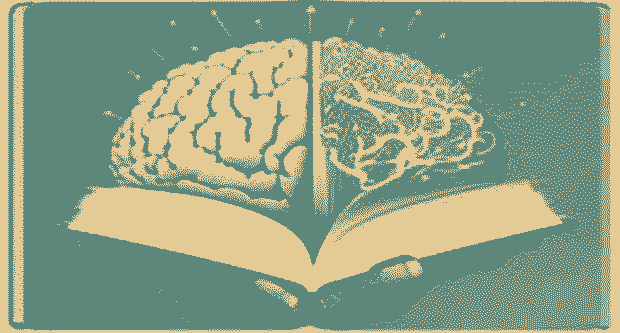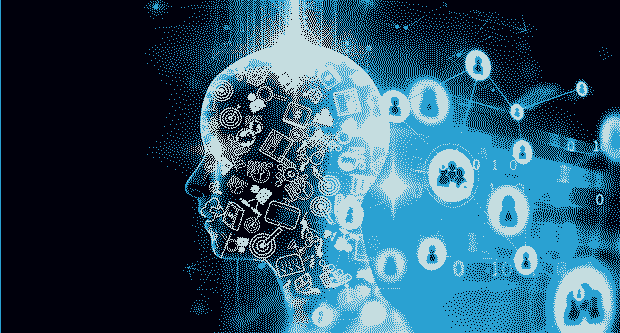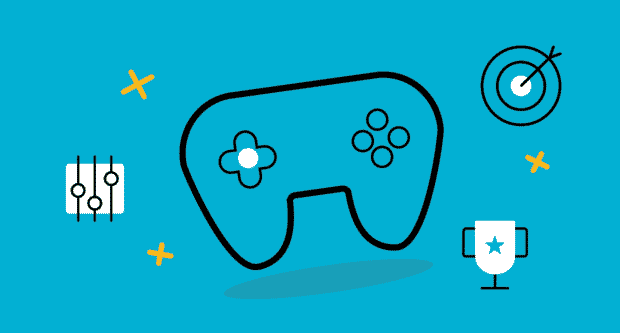Question: How is neuroscience reshaping education methodology?
In recent years, advancements in neuroscience have provided profound insights into how the brain learns, processes information, and retains knowledge. These findings are revolutionizing teaching methods and learning environments, creating more effective and personalized educational experiences. This article explores the latest findings in neuroscience and their applications in education, examining how brain research is shaping teaching strategies to enhance student learning and engagement.
Understanding the Brain: Key Findings in Neuroscience
Neuroplasticity
One of the most significant discoveries in neuroscience is the concept of neuroplasticity, the brain’s ability to reorganize itself by forming new neural connections throughout life. This adaptability is crucial for learning and memory. Educators can leverage neuroplasticity by creating learning experiences that are repetitive and varied, encouraging students to make connections between new information and existing knowledge.
The Role of Emotion in Learning
Emotions play a critical role in learning and memory formation. Positive emotions can enhance learning by increasing motivation and engagement, while negative emotions can hinder it by causing stress and anxiety. Understanding this, educators are incorporating strategies to create positive, supportive classroom environments that promote emotional well-being and, consequently, better learning outcomes.
The Importance of Sleep
Sleep is essential for memory consolidation and cognitive function. Neuroscience has shown that adequate sleep significantly impacts students’ ability to learn and perform academically. Educators and policymakers are now advocating for later school start times and promoting good sleep hygiene to ensure students are well-rested and ready to learn.
Multisensory Learning
Research indicates that engaging multiple senses during learning can enhance memory and understanding. Techniques that incorporate visual, auditory, and kinesthetic elements can create richer learning experiences. For example, using hands-on activities, multimedia resources, and interactive lessons can help students grasp complex concepts more effectively.
Applying Neuroscience in the Classroom: Effective Teaching Strategies
Differentiated Instruction
Differentiated instruction is an approach that tailors teaching methods to meet the diverse needs of students. By understanding the varying ways in which students learn, educators can design lessons that cater to different learning styles, abilities, and interests. Neuroscience supports this approach by highlighting the uniqueness of each brain and the need for personalized learning experiences.
Growth Mindset
The concept of a growth mindset, popularized by psychologist Carol Dweck, is grounded in neuroscience. A growth mindset is the belief that abilities and intelligence can be developed through effort and perseverance. Teaching students to adopt a growth mindset can improve their resilience, motivation, and academic performance. Educators can foster a growth mindset by praising effort rather than innate ability, encouraging risk-taking, and framing challenges as opportunities for growth.
Active Learning
Active learning involves engaging students in activities that promote analysis, synthesis, and evaluation of content. Techniques such as group discussions, problem-solving tasks, and hands-on experiments encourage deeper understanding and retention. Neuroscience supports active learning by demonstrating that active engagement in the learning process strengthens neural connections and enhances memory.
Formative Assessment
Formative assessment is a continuous process of evaluating student learning and providing feedback to improve understanding and performance. Techniques such as quizzes, peer assessments, and self-reflection activities allow educators to monitor progress and address learning gaps promptly. Neuroscience research shows that timely feedback and opportunities for self-assessment can reinforce learning and boost confidence.
The Use of Technology
Technology can be a powerful tool in applying neuroscience principles to education. Digital platforms and tools can provide personalized learning experiences, adapt to individual needs, and offer immediate feedback. For example, educational software that uses adaptive learning algorithms can tailor content to a student’s pace and level, enhancing engagement and comprehension.
Creating Optimal Learning Environments
Reducing Cognitive Load
Cognitive load theory, based on neuroscience, suggests that the brain has a limited capacity for processing information. Overloading students with too much information at once can hinder learning. Educators can reduce cognitive load by breaking information into manageable chunks, using clear and concise instructions, and providing visual aids to support understanding.
Promoting Physical Activity
Physical activity has been shown to improve cognitive function, memory, and overall brain health. Incorporating movement into the school day, through activities such as brain breaks, physical education classes, and active learning strategies, can enhance students’ attention and academic performance.
Designing Brain-Friendly Classrooms
The physical environment of the classroom can impact learning. Factors such as lighting, noise levels, and seating arrangements can influence students’ ability to focus and retain information. Designing classrooms that are comfortable, flexible, and conducive to various learning activities can support better educational outcomes.
Fostering Social Connections
Social interactions are essential for brain development and learning. Cooperative learning strategies, peer tutoring, and group projects can foster social connections and collaborative skills. Neuroscience research indicates that positive social interactions can enhance motivation, reduce stress, and improve academic performance.
Challenges and Considerations
Ethical Implications
The application of neuroscience in education raises ethical considerations, particularly concerning data privacy and the potential for misuse of neurobiological information. Educators and policymakers must ensure that the use of neuroscience-based tools and techniques respects students’ privacy and autonomy.
Equity and Access
While neuroscience offers promising strategies for improving education, it is crucial to address issues of equity and access. Ensuring that all students, regardless of socioeconomic background, have access to brain-friendly learning environments and resources is essential for promoting educational equity.
Professional Development
Implementing neuroscience-based teaching methods requires ongoing professional development for educators. Teachers need training and support to understand and apply neuroscience principles effectively in their classrooms. Investing in professional development can help educators stay informed about the latest research and best practices.
Future Directions
The field of educational neuroscience is continually evolving, with new research findings emerging regularly. Future directions in this field may include:
- Personalized Learning: Advances in neuroimaging and cognitive science could lead to more sophisticated personalized learning platforms that adapt to individual brain patterns and learning preferences.
- Neurofeedback: Techniques such as neurofeedback, which involve monitoring brain activity and providing real-time feedback, could become more integrated into educational practices to enhance focus, self-regulation, and academic performance.
- Lifelong Learning: Neuroscience research may also inform strategies for promoting lifelong learning and cognitive health, helping individuals maintain brain function and learning capabilities throughout their lives.
Conclusion
Neuroscience is transforming education by providing a deeper understanding of how the brain learns and processes information. By applying principles of neuroplasticity, emotional regulation, multisensory learning, and personalized instruction, educators can create more effective and engaging learning experiences. While challenges and ethical considerations remain, the integration of neuroscience into education holds great promise for enhancing student learning and well-being. As research continues to evolve, the potential for creating brain-friendly educational environments that foster lifelong learning and success is boundless.



